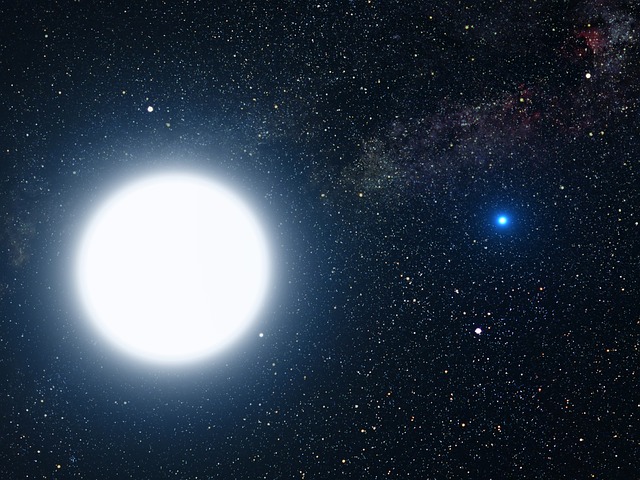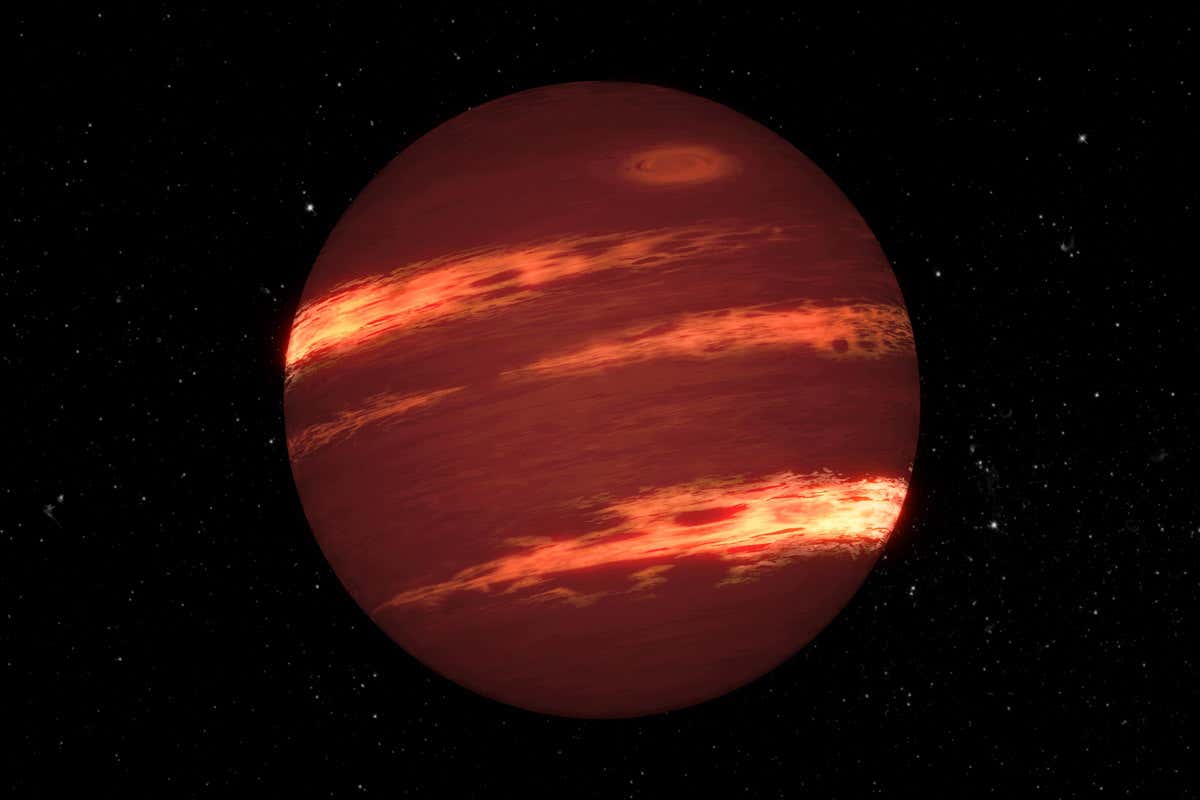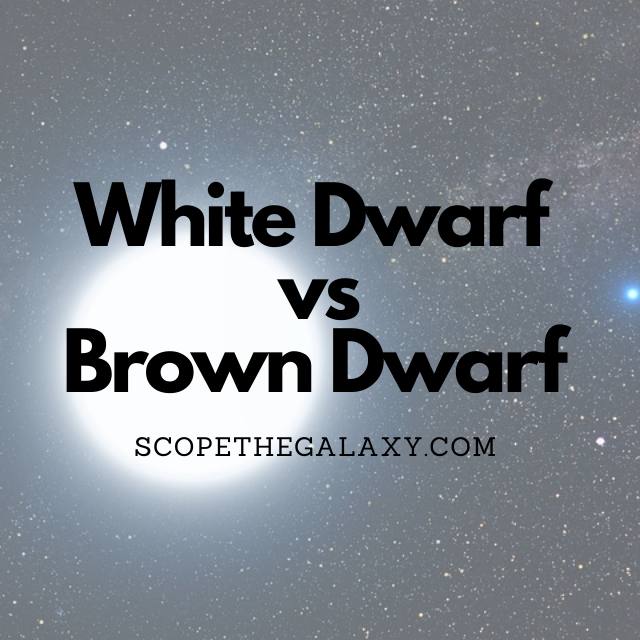*This post may contain affiliate links. This means we may make a commission if you purchase an item using one of our links*
A white dwarf is the final visible stage of a star’s life cycle when the outer materials escape, and the core compresses into a super-dense mass. A brown dwarf is a star that failed to ignite due to insufficient mass. While it can carry out some level of fusion with a material such as deuterium, it does not possess the mass for nuclear fusion and will never be classified as a true star.
Continue reading to discover the characteristics of a white dwarf vs. a brown dwarf. Compare the similarities and differences between the two, plus the reasons why a brown dwarf will not transition into a white dwarf.
What Is A White Dwarf?
Table of Contents

A white dwarf represents the end of a life cycle for a low to medium mass star, such as our sun. Fusion ceases once all the available hydrogen is converted to carbon because the core does not possess enough heat to ignite at this point.
Instead, the core contracts, squeezing all of its electrons into the smallest space possible. The pressure from these compressed electrons stops gravity from making the core any smaller.
The size of a star is stable thanks to its balanced forces of gravity vs. nuclear fusion. In contrast, the size of a white dwarf is stabilized by the pressure released by electrons rather than fusion.
Once the core stabilizes, the white dwarf shines through a residual heat of more than 100,000 Kelvin. This constant expulsion of light combined with a lack of energy means that the star will eventually burn out – though this usually takes around a billion years.
A white dwarf shares the sun’s mass condensed into a star with a radius similar to Earth, making them one of the densest objects in the universe.
What Is A Brown Dwarf?

The fate of a star is determined mainly by its mass. Every star is born of significant mass, which creates an immense amount of gravity (and heat) in its core. These temperatures ignite nuclear fusion, which allows the star to shine.
A brown dwarf is a star that is only a fraction the size of our sun. Astronomers often use Jupiter as a standard measure, and for stellar bodies with a mass of more than 13 Jupiters, there is sufficient energy within the core to spark a nuclear reaction.
This reaction involves burning deuterium – or heavy hydrogen – rather than the regular hydrogen that fully-fledged stars use. In order to burn ordinary hydrogen, a star needs a minimum mass of 80 Jupiters. Anything that sits within these upper and lower limits can be considered a brown dwarf.
In essence, a brown dwarf is a stellar object that sits between the mass of a large planet and a small star with insufficient mass to sustain nuclear fusion. A brown dwarf can also be called a “failed star.”
From a distance, brown dwarfs may share a similar appearance to a red dwarf, but these latter stars fuse ordinary hydrogen, differentiating them from a brown dwarf.
Can A Brown Dwarf Become A White Dwarf?
Many stars transition into white dwarfs as they near the end of their lives. These dense celestial bodies comprise the core of a star that has no hydrogen or helium left to burn.
The reason why a brown dwarf is different is that it never had the mass of a star to begin with. It begins life as a far more dense and cool object than the average star and doesn’t require fusion to hold itself together.
Without the need to fight gravity, the brown dwarf will not expand and lose its outer shell. Instead, it will lose its heat and energy over time as it fades away to a black dwarf.
The brown dwarf will not transition to a white dwarf as it does not “die’ in the same way as other stars.
Similarities Between White And Brown Dwarf Stars
Both white dwarfs and brown dwarfs have a more compact and dense body than the average star. Neither of them has the adequate mass to sustain nuclear fusion, and they will both fade away to black dwarfs over time.
These objects appear relatively dim in the night sky compared to the incredible luminescence of some of the biggest stars.
Differences Between White And Brown Dwarf Stars
While there are some similarities between white and brown dwarfs, many characteristics make these stellar objects very different from one another.
A white dwarf represents a star in its latter stage of life; it is the dense core of what was once a fully functioning star. In comparison, a brown dwarf is a failed star or one that has never succeeded in sparking the process of nuclear fusion.
These stellar objects will not experience death in the same way as other stars; there will be no gravity that pulls away its outer materials and no supernova explosions. Instead, they’ll fade away quite quietly as the heat dissipates and the star fades to a black dwarf.
Summary
White and brown dwarfs both shine with the final luminosity they’ll possess during their life as a star. But brown dwarfs are not “true” stars – they don’t have sufficient energy to carry out nuclear fusion, a defining feature of a true star.
White dwarfs are similar because they don’t complete nuclear fusion either – but they did once. A white dwarf is the remnants of a true star; a brown dwarf is a star that failed to ignite with the energy and luminescence of its counterparts.
References
White Dwarf | COSMOS (swin.edu.au)
white dwarf | Infoplease
What are brown dwarfs? | Space | EarthSky
Brown Dwarfs: The Coolest Stars or the Hottest Planets? | Space
Can a brown dwarf collapse into a white dwarf? – Quora

